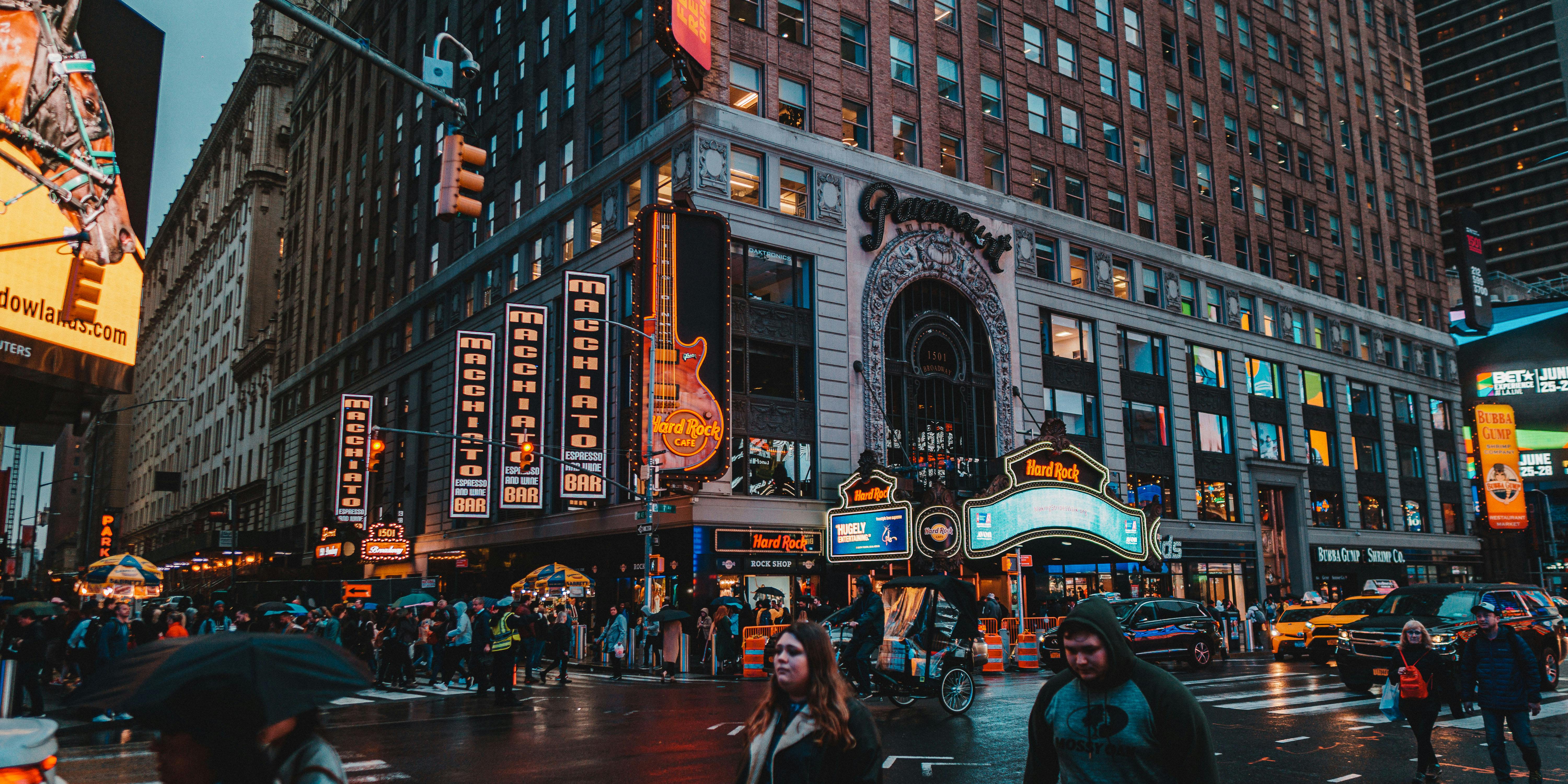Current Economic Indicators And Consumer Behavior

Consumer spending is a crucial driver of economic growth, accounting for a significant portion of the US GDP. Recently, however, there have been signs of weakening consumer activity, raising concerns among companies and analysts. Understanding these changes is essential for anticipating potential impacts on the broader economy.
Analysis of Recent Economic Data
Recent economic data points to a slowdown in consumer spending. Key metrics such as retail sales figures, consumer confidence indices, and personal consumption expenditures have shown declines. Retail sales have been particularly telling, with month-to-month growth rates flattening and even dipping in some instances. Consumer confidence indices, which gauge how optimistic consumers feel about the economy, have also shown a downward trend, indicating growing caution among the public.
Trends in discretionary versus non-discretionary spending reveal that while consumers continue to spend on essential items like food and utilities, there is a noticeable pullback in discretionary spending on items such as electronics, apparel, and dining out. This shift suggests that consumers are prioritizing necessities over luxury or non-essential purchases.
Factors Contributing to Changes in Consumer Behavior
Several factors contribute to the observed changes in consumer behavior. Inflation plays a significant role, as rising prices for goods and services erode purchasing power. Even with wage growth, the increase in costs for everyday items has outpaced income gains, leading to tightened household budgets.
Employment and income trends also influence consumer spending. While the job market has shown resilience, with low unemployment rates, there is a growing sense of job insecurity among workers. Additionally, income growth has not been uniform, with some sectors and demographics experiencing slower wage increases, further straining financial resources.
Interest rates and credit conditions are another critical factor. Recent increases in interest rates by the Federal Reserve to combat inflation have made borrowing more expensive. Higher interest rates on mortgages, car loans, and credit cards reduce disposable income available for other expenditures. Consequently, consumers are more cautious about taking on new debt, leading to reduced spending.
External factors, including global economic uncertainties and geopolitical events, also impact consumer sentiment. Trade tensions, supply chain disruptions, and conflicts such as the war in Ukraine create an environment of uncertainty, prompting consumers to adopt a more conservative approach to spending.
Regional and Demographic Variations
Consumer spending trends vary significantly across different regions and demographics. Urban areas tend to show more robust spending patterns compared to rural regions, where economic opportunities may be more limited. Additionally, states with higher costs of living often see different spending behaviors compared to those with lower living expenses.
Demographically, age groups exhibit distinct spending patterns. Younger consumers, particularly those in the millennial and Gen Z cohorts, show a preference for experiences over material goods, but their spending is often constrained by high student debt and lower income levels. Older consumers, such as baby boomers, tend to have more disposable income but are also more likely to save for retirement, influencing their spending habits.
Income level and household size also impact spending. Higher-income households generally have more flexibility in their spending choices, while lower-income households are more affected by economic fluctuations. Larger households face greater financial pressures, particularly with rising costs for essentials.
Short-term and Long-term Implications
The immediate consequences of reduced consumer spending are evident in the retail and service sectors. Businesses are experiencing lower sales volumes, leading to potential inventory build-ups and subsequent production slowdowns. The supply chain and manufacturing sectors are also affected, with reduced demand impacting production schedules and employment levels.
In the long term, a sustained decrease in consumer spending poses risks to the overall economy. Consumer spending drives business investments, job creation, and economic growth. If this crucial component continues to flag, the likelihood of a broader economic slowdown increases, raising the specter of a recession.
Conclusion
The current trends in consumer behavior, driven by factors such as inflation, employment conditions, interest rates, and external uncertainties, highlight a shift towards more cautious spending. Monitoring these changes is essential for economic forecasting and for businesses to adapt their strategies. Proactive measures, including policy interventions and business adjustments, will be necessary to address the slowdown in consumer activity and mitigate its impact on the broader economy.
Author: Gerardine Lucero
Gyrostat Capital Management: Why Advisers Must Scenario-Plan Both The Bubble And The Bust
The Blind Spot: Why Advisers Must Scenario-Plan Both The Bubble and The Bust In financial m... Read more
Gyrostat Capital Management: The Hidden Architecture Of Consequences
When Structures Themselves Become A Risk In portfolio construction, risk is rarely where we look for it.... Read more
Gyrostat November Outlook: The Rising Cost Of Doing Nothing
Through the second half of 2025, markets have delivered a curious mix of surface tranquillity and instabi... Read more
Gyrostat Capital Management: Blending Managers - From Style Diversification To Scenario Diversification
The Limits of Traditional Diversification For decades, portfolio construction has ... Read more
Gyrostat October Outlook: Beneath The Calm, The Cost Of Protection Rises
Even as global equity indices remain near record highs, the pricing of risk is shifting quietly ben... Read more

